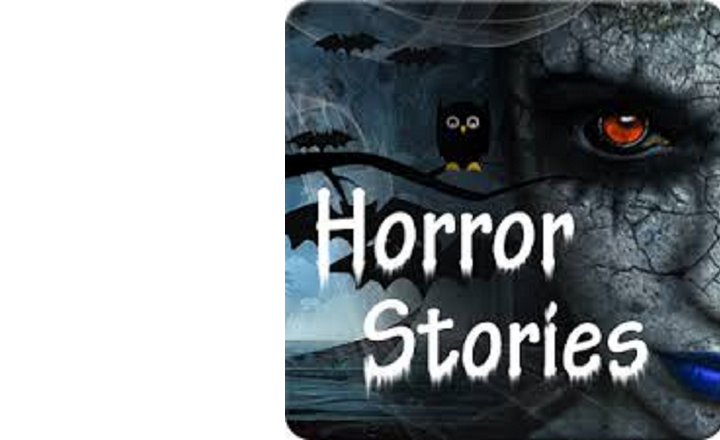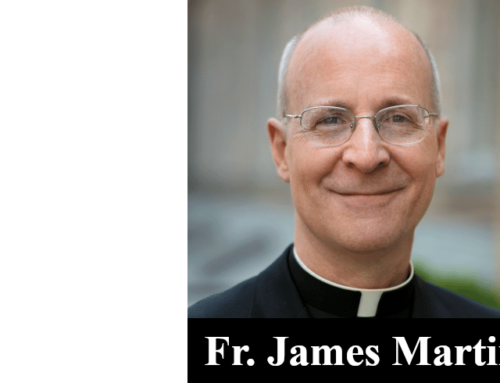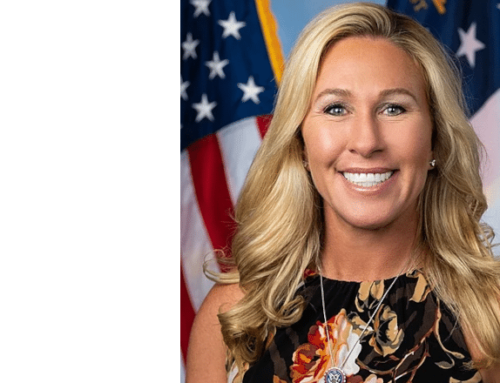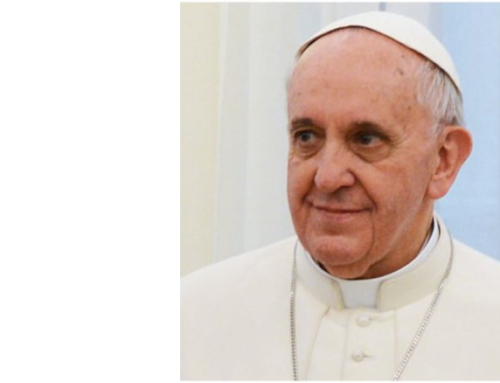Catholic League president Bill Donohue comments on two stories in the New York Times that malign the Catholic Church in Ireland:
Newspapers are supposed to report news, but when they don’t—when they recycle old news—it calls into question the motive. That’s what the New York Times did recently.
On January 14 and January 16, it ran two “news” stories besmirching the Catholic Church in Ireland: neither broke any new ground and both misreported the facts.
The January 16 story by Ed O’Loughlin reports on discussions in Ireland on what to do about the Magdalene Laundry on Gloucester Street, the last of its genre; these were homes and workplaces for homeless and dispossessed women. “Poor nutrition and hygiene, cold and damp lodging and little or no medical supervision were the norm.”
That is not true. Proof? All one has to do is read the McAleese Report, issued in 2013. It is the most comprehensive collection of data ever obtained on the Magdalene Laundries, complete with statistical analysis. It totally demolishes the myths about the horrid conditions that the nuns subjected the women to, including stories of torture.
Did O’Loughlin even bother to read this government report? He certainly could not have written such dribble if he read the comments made by Dr. Michael Coughlan, Dr. John Ryan, Dr. Donal Kelly, Dr. Harry Comber, and Dr. Malachy Coleman. They unanimously dispute the horror tales.
What unites the O’Loughlin article with the January 14 story by Dan Barry is their misreporting of what really happened in the Mother and Baby Home in Tuam, near Galway.
“A few years ago,” Barry writes, “an amateur historian shook Ireland to its core with a ghastly allegation: Hundreds of bodies of young children appeared to have been buried in an abandoned septic tank by Catholic nuns who for decades had managed a home for unwed mothers and their offspring in the County Galway town of Tuam.” (My italics.)
The “amateur historian” is Catherine Corless. Barry says that “she wrote an article in the local journal in 2012 that strongly suggested that the remains of hundreds of children, all born to unwed mothers and all baptized in the Catholic faith, had not been buried in consecrated ground, but in parts of a disused septic system dating to when the home was a 19th-century workhouse.” (My emphasis.) He further notes that the “suspicions were confirmed in March by forensic investigators,” commissioned by the government.
Similarly, O’Loughlin refers to Corless as a “dogged local historian” who made headline news when “she published evidence” that nearly 800 children had died in the Tuam home, and that the remains of “some” were found in the septic tank. (My emphasis again.)
As I have noted several times before (see the Catholic League website), the “mass grave” story, as it is called, is a hoax, a cruel myth promoted by those whose agenda it is to smear the Catholic Church.
Barry notes the bodies “appeared to have been buried” in a septic tank. Appeared? Either they were or they weren’t. Alternatively, he says that in her 2012 article, Corless “strongly suggested” this was true. A suggestion, strong or weak, is not a substitute for an empirical finding. O’Loughlin ups the ante even further claiming that Corless found “evidence” to support her claims.
Have Barry and O’Loughlin read the 2012 article by Corless? Apparently not. I have. In her piece titled “The Home,” which was published in the Journal of the Old Tuam Society, Corless made no mention of any “mass grave.” If anything, she offered evidence that contradicts what she later claimed.
Here is what Corless said: “A few local boys [in 1975] came upon a sort of crypt in the ground, and on peering in they saw several small skulls.” She mentioned there was a “little graveyard.” That is not the makings of a mass grave.
The primary source for her “mass grave” thesis is Barry Sweeney. When he was 10, he and a friend stumbled on a hole with skeletons in it. In 2014, he was asked by the Irish Times to comment on Corless’ claim that there are “800 skeletons down that hole.” He said, “Nothing like that.” How many? “About 20,” he said. He later told the New York Times there were “maybe 15 to 20 small skeletons.” It would behoove Barry and O’Loughlin to read the New York Times more carefully.
Corless herself admitted in 2014 that she learned from local residents that the Tuam graveyard outside the Home was dotted with “tiny markers there.” There were “bits of stones left to indicate graves.” Those “tiny markers” suggest this was a cillin graveyard, or a graveyard for children. A “mass grave” is not dotted with “tiny markers” or “bits of stones.” Yet Corless has been able to get away with these contradictory explanations.
In a 2014 news story by Douglas Dalby of the New York Times, he says of Corless’ account that she “surmised that the children’s bodies were interred in a septic tank behind the home.” (My italic.) His verb is accurate. To surmise is to guess—it is proof of nothing.
It also doesn’t help the cause of Barry and O’Loughlin—and it is a cause that they have embarked upon—for Barry to write that Corless’ “suspicions were confirmed in March by forensic investigators.” Wrong. March is when Katherine Zappone, Minister for Children and Youth Affairs, released her Interim Report on this subject. Nowhere in the report does she use the term “mass grave,” or imply anything like it.
Finally, there is the matter of Catherine Corless. She is neither an “amateur historian” nor a “local historian.” She is not a historian—local, regional, or national. She doesn’t even have an undergraduate degree. She is a typist.
What the New York Times has published is pure propaganda, designed to feed the worst impression about the Catholic Church in Ireland. There is no other plausible interpretation.
Contact: nytnews@nytimes.com







